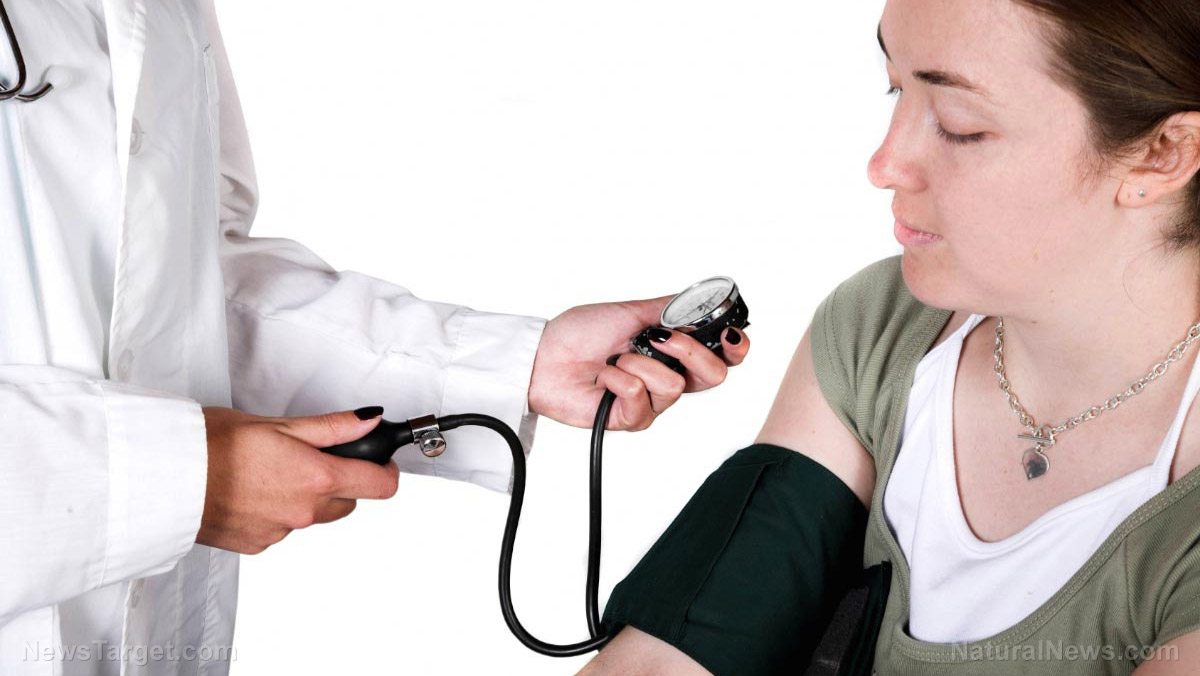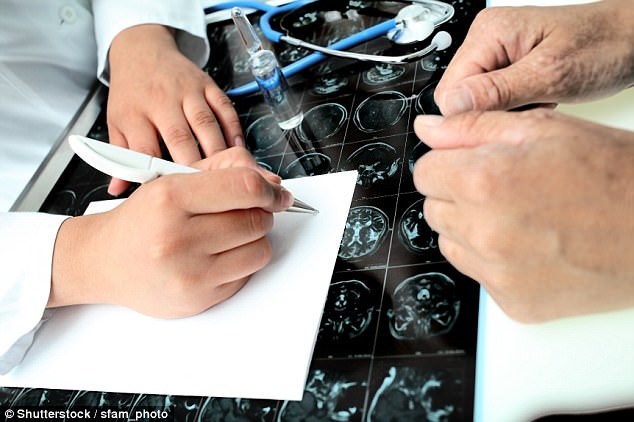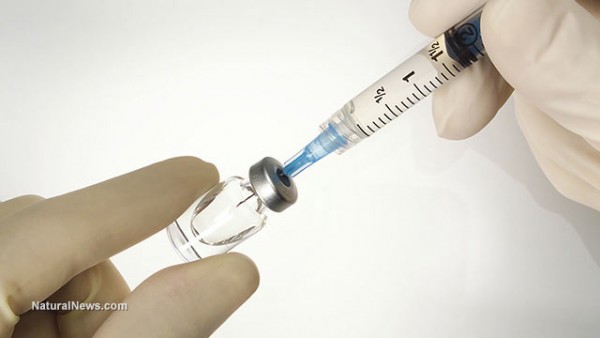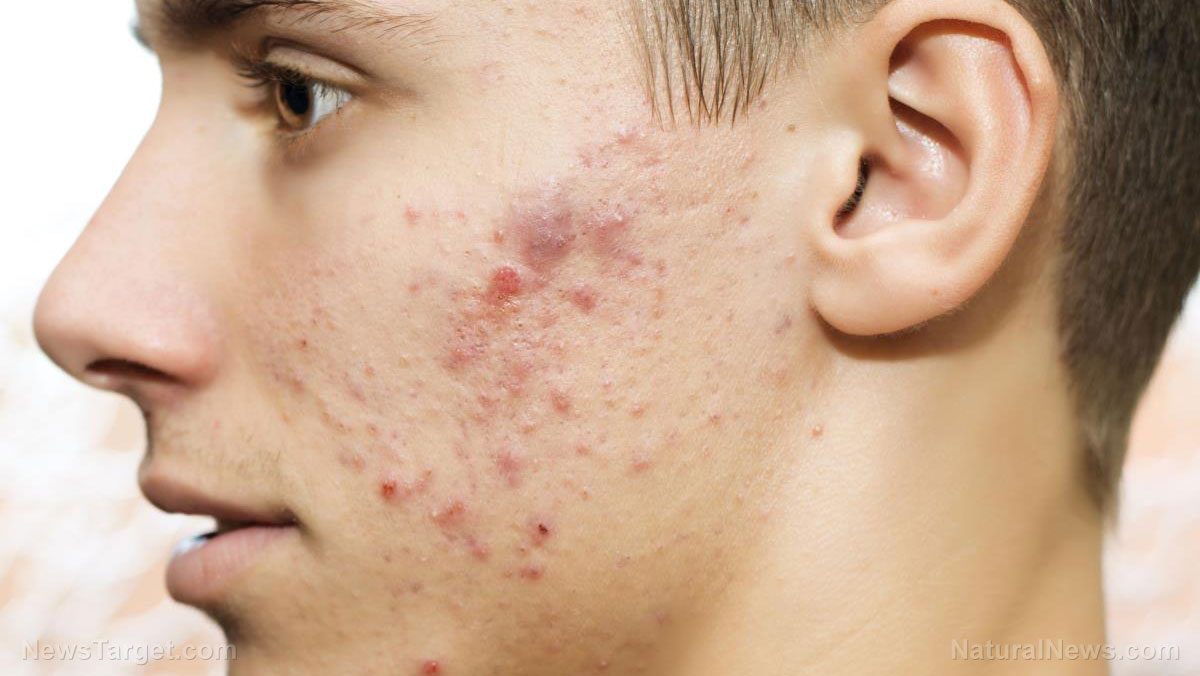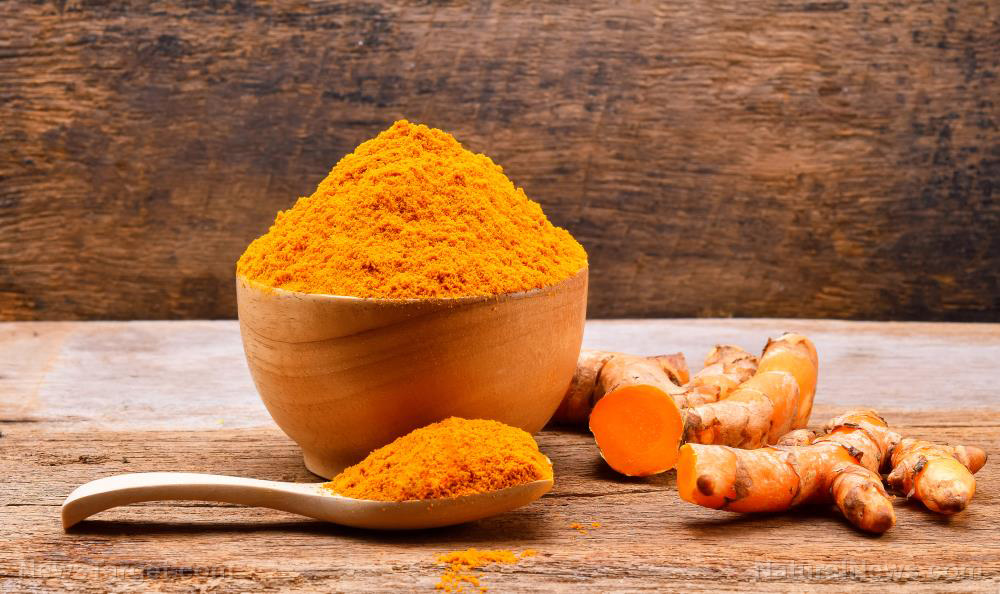12 specific classes of drugs found to increase the risk of Raynaud’s phenomenon
01/03/2019 / By Zoey Sky

Raynaud’s phenomenon is a condition that is characterized by the constriction of the small arteries, which causes restricted blood flow to the hands and feet. According to a review, the number of prescription drugs that are causing the condition is steadily increasing.
Earlier research has already suggested that both beta-blockers and chemotherapy drugs can induce Raynaud’s, but a recent review of available literature has revealed new insights into the effects of drugs on the condition. The review findings, which were published in the British Journal of Clinical Pharmacology, indicate that more drugs pushed by Big Pharma have now been determined as potential causes of Raynaud’s.
Which prescription drugs cause Raynaud’s?
The new review of studies has revealed various underlying mechanisms through which a number of prescription drugs cause the symptoms of Raynaud’s, which is also called Raynaud’s disease or Raynaud’s syndrome. The review authors identified 12 specific classes of drugs that can cause the condition. (Related: Raw food diet provides relief from Raynaud’s disease symptoms.)
The drugs can cause Raynaud’s via different means, and the mechanisms identified were decreased red blood cell deformability, endothelial dysfunction, neurotoxicity, and sympathetic activation. The researchers examined papers that have been published as far back as 1946 to determined the effects of the drugs on Raynaud’s.
The 12 drugs that can cause Raynaud’s are:
Drugs enhancing vasoconstriction
- Beta-adrenoceptor blockers (beta-blockers) – Beta-blockers are used to control heart rhythm, treat angina, and lower high blood pressure.
- Ciclosporin – Ciclosporin is an immunosuppressant.
- Clonidine – Clonidine lets the blood vessels relax, and it makes the heart beat more slowly and easily.
- Dopaminergic/dopamine receptor agonists – These are compounds that activate dopamine receptors.
- Ergot alkaloids – Ergotamine and its derivatives are used to address migraine disorders and cluster headache.
- Selective serotonin reuptake inhibitors (SSRIs) – This class of drugs is often used as antidepressants for the treatment of major depressive disorder and anxiety disorders.
- Stimulants – Stimulants are used to treat attention deficit hyperactivity disorder (ADHD).
- Sympathomimetics – These drugs “mimic or enhance the actions of endogenous catecholamines of the sympathetic nervous system” (“fight-or-flight” response).
- Toxic substances – These include recreational drugs like cocaine.
Mother Nature's micronutrient secret: Organic Broccoli Sprout Capsules now available, delivering 280mg of high-density nutrition, including the extraordinary "sulforaphane" and "glucosinolate" nutrients found only in cruciferous healing foods. Every lot laboratory tested. See availability here.
Drugs increasing blood viscosity and enhancing vasoconstriction
- Interferons (IFN) – These drugs boost the immune system response and limit the growth of cancer cells.
Endothelium damage and/or neurotoxicity
- Cancer chemotherapies – The link between Raynaud’s and chemotherapies has long been confirmed.
Unknown mechanisms
- Tyrosine kinase inhibitors (TKI) – TKIs are a type of cancer growth blockers. Findings also show that TKIs may cause Raynaud’s, but it remains unknown how the drugs can cause the condition.
The research team said that even though they have confirmed that other drugs may cause the condition, beta-blockers and cancer treatment drugs are still the main types of medications that are closely associated with the onset of Raynaud’s. The team said that two cancer chemotherapy drugs, bleomycin and cisplatin, are often associated with Raynaud’s.
Bleomycin is used to treat different types of cancer, such as cervical and penile cancers, along with certain types of lymphoma. Cisplatin, which is sold under the brand names Platinol and Platinol-AQ, is mainly used to treat bladder, ovarian, and testicular cancer.
The two types of Raynaud’s
At least five to 10 percent percent of all American adults have symptoms of Raynaud’s, but women are nine times as likely to suffer from it as men. There are two types of Raynaud’s: primary and secondary Raynaud’s. Primary Raynaud’s, the most common form of the disease, will develop on its own. It is most common among women and in individuals residing in cold areas.
Meanwhile, secondary Raynaud’s disease is caused by an external trigger. These include other health issues like carpal tunnel syndrome, lupus, rheumatoid arthritis, or a reaction to the prescription drugs listed above. Secondary Raynaud’s is also linked to certain chemicals and the repetitive use of vibrating equipment like jackhammers. It may also affect people who are exposed to certain chemicals.
Now that you know which drugs can cause Raynaud’s, avoid taking them. Use natural remedies instead and practice a healthy lifestyle to reduce your risk of developing the condition and to improve your overall well-being.
You can read more articles about natural remedies for Raynaud’s and other conditions at Prevention.news.
Sources include:
Tagged Under: beta blockers, Big Pharma, Prescription drugs, Raynaud's phenomenon, Raynaud's syndrome



